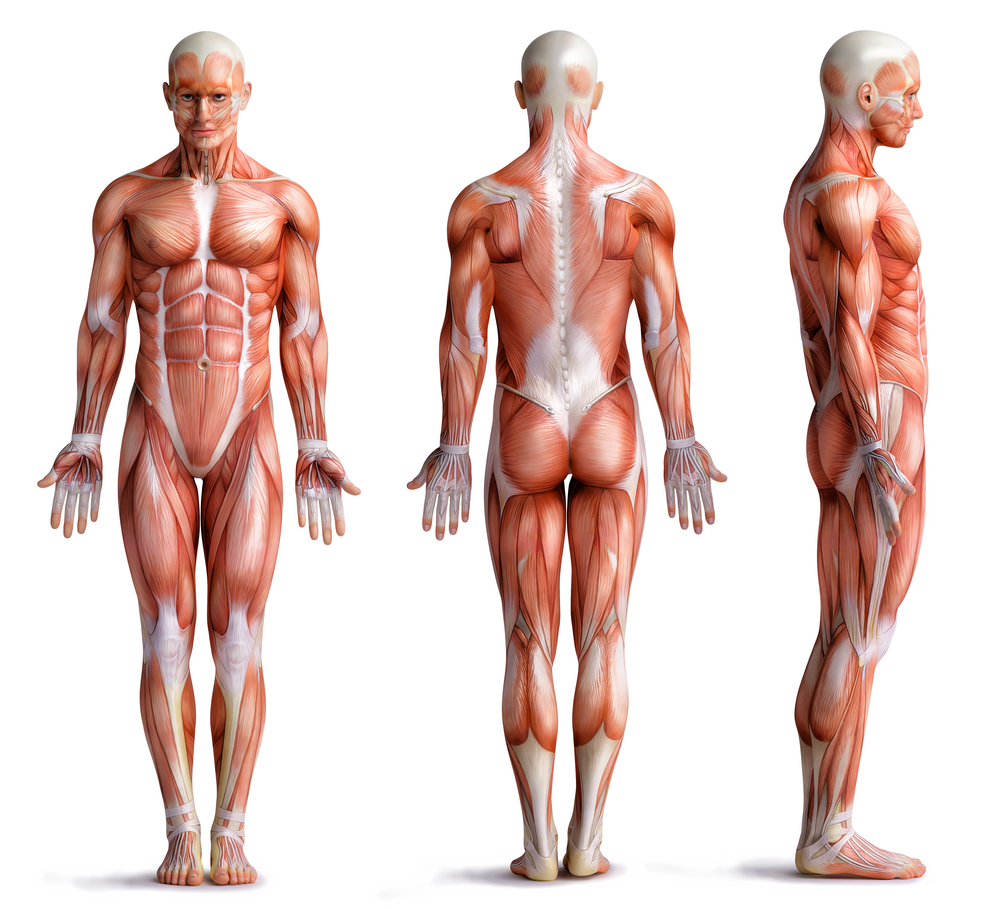Why Muscles Don’t Break: New Research Offers Possibilities for MD Therapies

The binding of two proteins called titin and α-actinin ensures that muscles are not ripped apart when they are forced to stretch, according to new research. Scientists believe the identification and study of this protein interaction may offer new possibilities for the treatment of diseases such as muscular dystrophy.
The study, “α-Actinin/titin Interaction: A Dynamic And Mechanically Stable Cluster Of Bonds In The Muscle Z-Disk,” was published in the journal Proceedings of the National Academy of Sciences (PNAS).
Muscles are tissues that experience the strongest mechanical forces over a lifetime. Muscle contraction is possible due to the work of two filaments, one composed of the protein α-actinin and the other made of the protein myosin.
When muscles are active, these protein filaments slide over one another repeatedly, leading to alternated tightening (contraction) and distension (relaxation) of muscle cells. This process allows every muscle, from the heart to the arms and legs, to work properly.
However, it was still unclear exactly what holds muscles together when they’re forced to stretched and prevents them from breaking.
“There must be forces that stabilize the individual chains, the filaments,” Matthias Rief, senior author of the study, said in a news release. “Otherwise, muscles would fall apart. But until now, nobody has tracked down the source of these forces.”
Researchers showed that by binding together, the proteins titin and α-actinin let muscle cells expand without breaking. They used glass globules, which the proteins were attached to, and other special lab equipment to promote the interaction between titin and α-actinin and measured the bonding force generated by their interaction.
“Using the laser beams we can position the globules close enough to each other that the two proteins can interlink,” said Marco Grison, the study’s first author. “In a second step, we increase the distance between the laser beams and, thereby, between the globules, until the proteins are stretched to their limit. The bonding force between titin and α-actinin can then be calculated from this distance.”
The experiment showed the bond between these two proteins is able to withstand a force of five piconewtons, a small force comparable to nearly one billionth the weight of a bar of chocolate.
“This result left us very surprised,” Rief said. “Such small forces should not be able to hold a muscle together for long.”
This is only possible because, as they found, one titin strand is supported by up to seven α-actinin proteins, which increases by seven times the force with which these molecules protect muscles.
“In total, the bonds are sufficient to stabilize the muscle,” Rief said. “The protein network is not only stable, but also extremely dynamic. Our measurements show that the proteins release their bond when they are pulled apart. But as soon as the stretching force abates, they reconnect.”
It is this interaction between titin and α-actinin that ensures muscles remain intact after having been stretched. According to the researchers, the interaction between the two proteins occurs in all muscles of the body, regardless of their function.
“The basic research provides the basis for understanding genetic ailments like muscular dystrophy and congestive heart failure,” Rief said. “That could help doctors and pharmacologists develop new therapies.”






